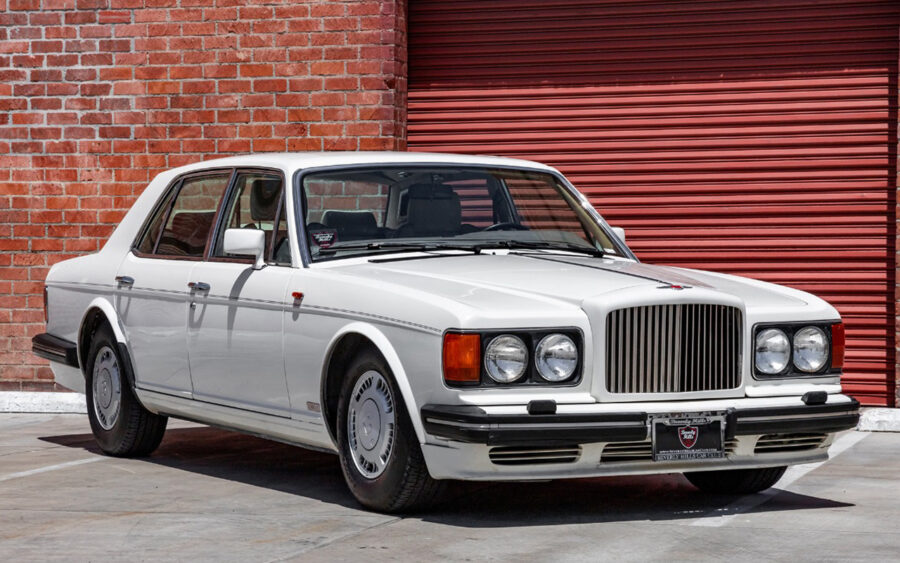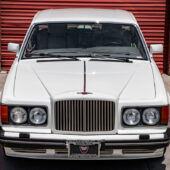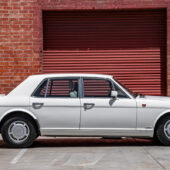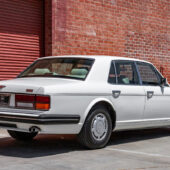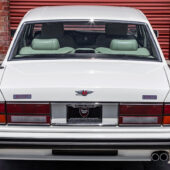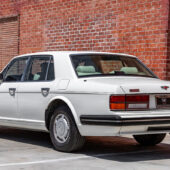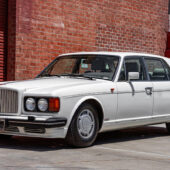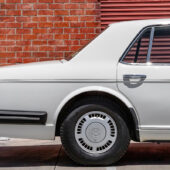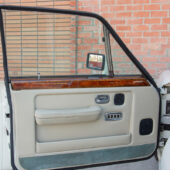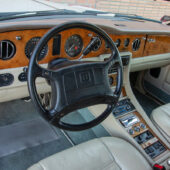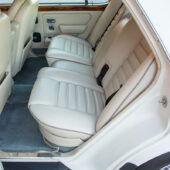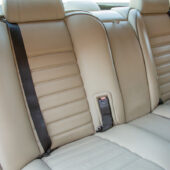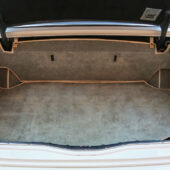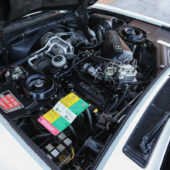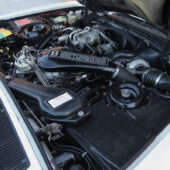Large, heavy and expensive to run, the Bentley Turbo R is an impressive machine that’s not for the faint hearted. Here’s how to live with one
Sponsored editorial in association with Beverly Hills Car Club
Words: Paul Wager, James Howe
The Bentley Turbo R was one of the most expensive cars on sale when new, but today it’s a real luxury bargain. However, while the Bentley Turbo R may appear conventional in many ways, Bentley very much ploughed its own furrow when it came to detail engineering – it’s the hidden faults which will trip you up financially in ownership.
A generally solid 6.75-litre Rolls-Royce engine is joined by a large turbocharger, hydraulically powered brakes and self-levelling suspension to complicate matters, along with obtusely engineered touches like chain-driven electric windows and corner bumpers hung on sprung hinges. While all of this can be daunting, a keen DIY enthusiast should be able to get stuck in without too much issue – but specialist assistance is particularly valuable in the case of such a unique old vehicle.
Provided you’ve bought a good example from the outset (a specialist inspection is vital in our view), living with a large, fast Bentley can be as fun as it sounds. Here’s a whistle-stop tour of everything you need to consider to keep things that way.
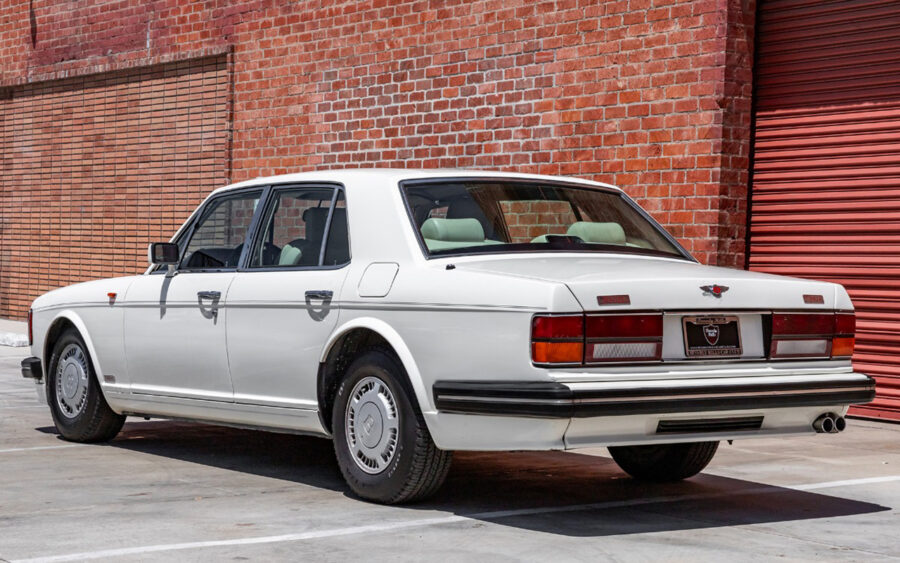
Engine, transmission and mechanicals
The 6.75-litre V8 under the Turbo R’s long bonnet is a tried and tested unit that’s simultaneously under-stressed and over-engineered. Regular maintenance is essential, with yearly oil changes recommended regardless of mileage, or sooner under heavy use. Both automatic gearboxes are solid: when checking the fluid, observe the warning label about pulling the wiper relay first, as access involves the danger of getting limbs caught in the linkage.
Some common issues to look out for include hot-start problems for cars using the twin-SU carb setup, along with an ignition system on fuel-injected cars that can fail when the belt connecting the car’s two distributors lets go. It’s worth checking when this belt was last replaced; if in doubt, its a sensible preventative measure.
The Turbo R uses self-levelling rear suspension powered by the high-pressure hydraulic system shared with the brakes. DIY tinkering isn’t advisable here; specialists can use the correct test gear to trace issues. One simple test is to have a couple of big chaps sit on the open boot sill with the engine running; check to see whether the rear end lifts itself level. Thankfully, replacement suspension parts are relatively affordable, while sundry brake items are easy to come by.
Later cars feature Active Ride Control, which firms things up when you’re driving harder. Keep an eye out for a lumpy low-speed ride – this can be a sign the system is malfunctioning.
Tyres are an important consideration: the best choice for those on 15-inch wheels is the Avon CR27, specially developed for the car and now only made in small batches – although many owners will have given into the temptation of fitting inadequate SUV-spec items. Later 17-inch alloys bring a much wider choice.
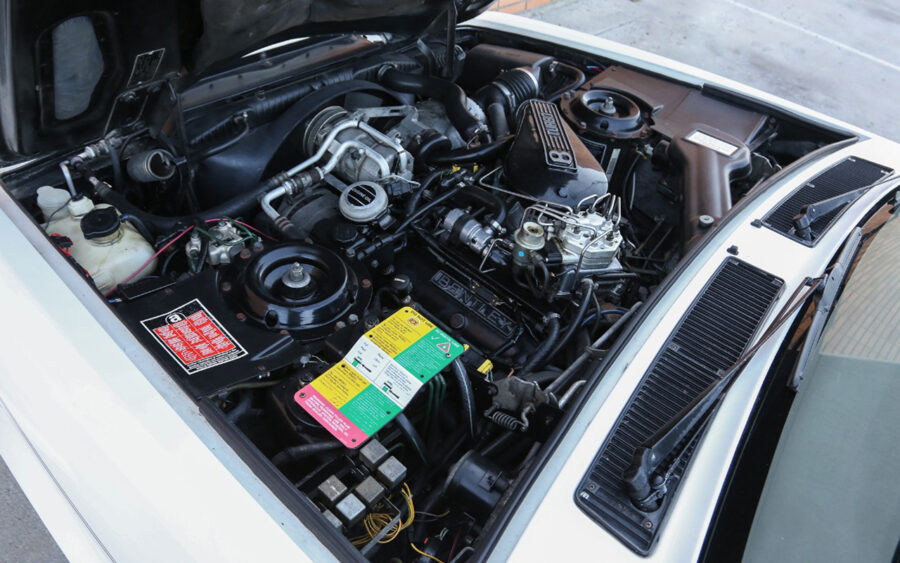
Bodywork and interior
The Turbo R’s considerable weight can be partly attributed to many thick pressed-steel panels. These still rust despite their sturdiness, so keep an eye on the car’s wheelarches, which may or may not be covered by standard-fit stone-chip protection. Rust around the windscreen will be an expensive fix. The car’s boot, bonnet and door skins are made from aluminium which can also corrode.
A sumptuous leather-trimmed cabin is a big part of the Turbo R’s appeal but the ambiance can be spoiled by mustiness caused by leaks, faded leather and rotted speakers. Also keep an eye on your gauges and other electrics during ownership – old copper-track wiring can fail and can be a very difficult fix. Our own project Turbo R had a non-functioning fuel gauge as a result of this – not exactly ideal in a large, thirsty car.
Finding a good example
Avoid a bad example by buying from a reputable dealer. Specialist servicing is a great idea and there are lots of them around, especially in the UK.
While mechanical concerns should be high up your list, rust is also a serious consideration as mentioned above. Beverly Hills Car Club in Los Angeles could be a good place to source an example that has escaped the ravages of British winters – the 1990 car in these images is for sale at time of writing for $16,750 with 46,840 miles on the clock.

Sponsored by Beverly Hills Car Club
The automobiles sold at Beverly Hills Car Club combine all the elements of its exclusive address in Los Angeles: cars for sale that are the very last word in tasteful elegance, chic and impressive sophistication, with careful attention given to each vehicle and each client. Both national and international customers are catered for, with a huge stock of classics to choose from.
For more information and to view the Beverly Hills Car Club stock, visit www.beverlyhillscarclub.com

